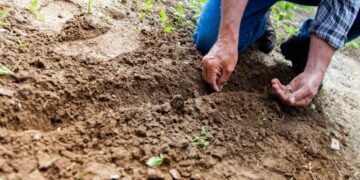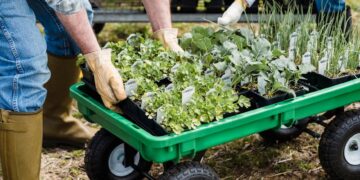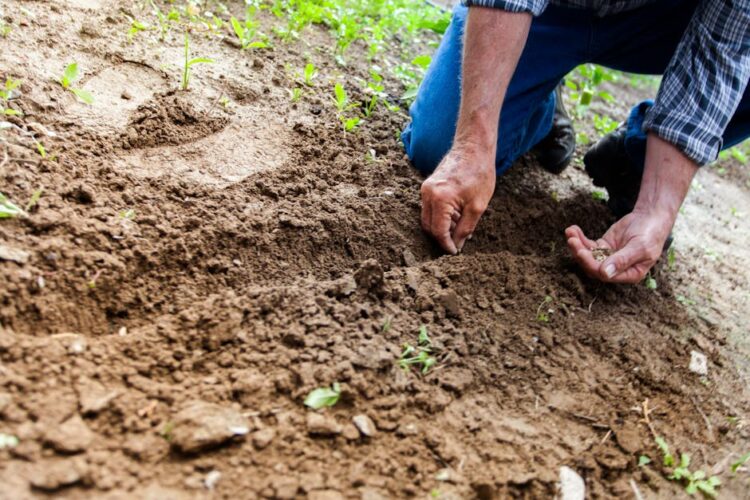Exploring Permaculture Principles: A Guide to Sustainable Gardening
Permaculture, a term coined in the 1970s from “permanent agriculture,” isn’t just a way of gardening; it’s a philosophy centered around working with nature’s systems rather than against them. This comprehensive guide will delve into what makes permaculture an effective approach to sustainable gardening, discussing its core principles, answering common questions, and providing practical examples to help you incorporate these strategies into your own garden.
What is Permaculture?
Permaculture is a holistic design system aimed at creating efficient, productive, and environmentally friendly ways to meet human needs. By taking cues from the natural environment, permaculture prioritizes sustainability through minimizing waste, energy input, and resource depletion. Its practices and principles can be applied to gardening, building homes, managing water, and more, making it a versatile approach to ecology and sustainable living.
The Ethics of Permaculture
Every aspect of permaculture is grounded in three basic ethics: Care for the earth, care for people, and fair share. These principles encourage environmental stewardship, cooperative relationships, and a balanced distribution of resources. By adhering to these ethics, individuals adopt a more sustainable lifestyle that fosters health and well-being for themselves and the planet.
Core Principles of Permaculture
Permaculture is structured around several interconnected principles that guide all related activities. Understanding these can transform your approach to gardening and the way you view natural resources.
1. Observe and Interact
Tip: Spend a week observing your garden at different times of the day and year to understand where the sun hits most, where water collects, and where wind travels. This information will guide your design decisions.
2. Catch and Store Energy
By using systems like rain barrels to catch water or solar panels to collect sunlight, you can ‘catch’ surplus energy when it’s abundant and utilize it later. Example: Planting deciduous trees near your home can provide shade in the summer and allow sunlight in the winter, reducing heating and cooling costs.
3. Obtain a Yield
Ensure that your garden provides tangible results that benefit you directly. Whether it’s installing a chicken coop for eggs or planting apple trees for fruit, always aim for a practical yield from your system.
4. Apply Self-Regulation and Accept Feedback
Learn from both the successes and failures in your garden. For instance, if a certain crop fails, determine the cause and prevent it in the future, or if a plant thrives, consider increasing its presence.
5. Use and Value Renewable Resources
Choose resources that can be regenerated. Compost kitchen scraps to create nutrient-rich soil, use reclaimed wood for garden beds, and save seeds from year to year.
6. Produce No Waste
Adapt a zero-waste mentality by using every part of your resources. This might mean turning branches pruned from trees into stakes for supporting plants or creating a worm bin to process organic waste.
7. Design from Patterns to Details
Look at natural occurring patterns, like how trees scatter leaves to fertilize their soil, and mimic these in your garden. Start with broad structures and fill in the details as you go.
Incorporating Permaculture into Your Garden
Transforming your traditional garden using permaculture principles doesn’t have to be overwhelming. Start small with one or two principles and gradually integrate more as you become comfortable.
Starting with Water Conservation
Water is precious; collect rainwater and design your landscape to direct runoff to plants. Practical tip: Use swales (shallow trenches) to capture runoff and sink it into the soil, hydrating plants without extra watering.
Building Soil Fertility
Healthy soil is the foundation of a productive garden. Instead of chemical fertilizers, layer compost, leaves, and other organic materials on your soil to build fertility over time naturally.
Final Thoughts
Permaculture is more than just a gardening technique; it’s a sustainable lifestyle choice that positively impacts the environment. Whether you’re looking to revamp your garden or adopt a more eco-conscious way of living, integrating permaculture principles can help you live in harmony with nature. Remember, start small, observe often, and adapt gradually. Your journey towards a permaculture paradise begins with a single step—why not take that step today?




















































